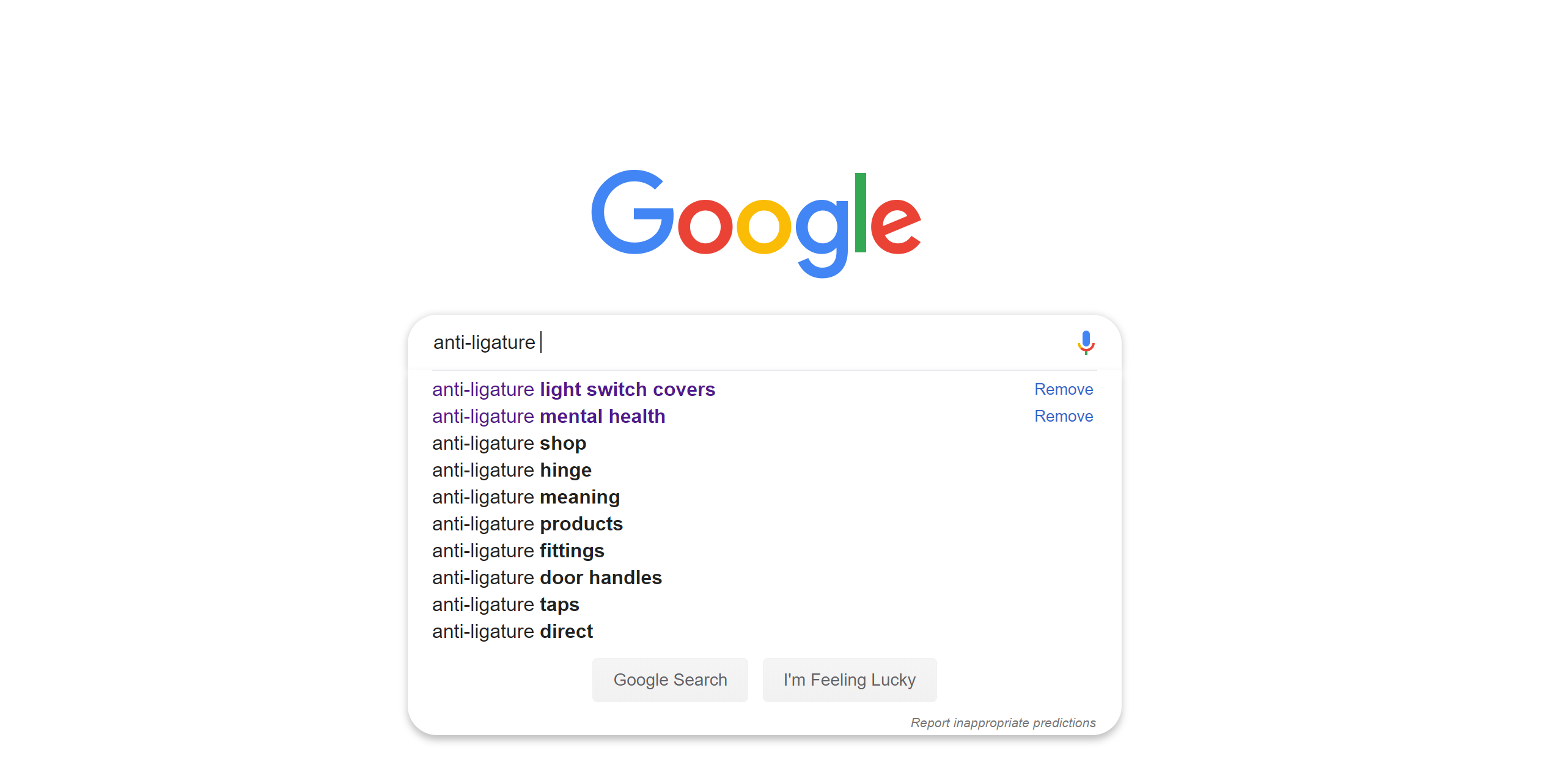4 min read
Generating The Best Content Ideas For Your Building Products Company
![]() Rich Newsome
:
03-Jul-2019 10:23:58
Rich Newsome
:
03-Jul-2019 10:23:58
.jpg)
.jpg?width=1320&name=Generating%20The%20Best%20Content%20Ideas%20For%20Your%20Building%20Products%20Company%20%20(1).jpg)
You can’t (and shouldn’t be expected to) pluck ideas out of thin air. This expectation would be both unobtainable and unrealistic. That’s why you need to consider a way in which you can generate ideas that work for the benefit of you and your team.
A Process Is Recommended
We recommend a process for generating content ideas for four main reasons:
- Your days are busy.
- You can uncover ideas that you may not have come up with on your own.
- You will, eventually, run out of good ideas.
- You need to keep up with a strategic and consistent approach to content creation.
Where Do Ideas Come From?
Everyone’s thoughts on where ideas come from vary depending on who you speak to. Personally, I believe that new ideas are an interpretation of what you’ve seen before.
Our brains have an amazing ability to consume lots of information. This information gathers in a ‘mixing bowl’ and is then repurposed into something ‘original’. People are influenced by what they’ve seen and heard before, prompting the question: Is any new idea truly original?
My advice here is: don’t feel pressured into creating something wholly original every time. That’s not to say that you should plagiarise, but it’s okay to take inspiration from a range of sources.
How Do You Generate Ideas For Content Creation?

There are two ways in which you can generate ideas:
- By yourself
- With a group
If you’re generating ideas on your own, there are some key things to keep in mind. Firstly, consider what your buyer’s reading habits are. In order for you to do this, you need to put yourself in their shoes and empathise with them. What problems do they face?
As an example, if your target buyer is a planning consultant searching for a company to complete energy assessments, you need to consider what questions they want answering and what problems they face. By reading your content, will their problems be solved?
Some companies even interview their customers by phone or email to get further information on their target market and their reading preferences and habits.
Secondly, explore what your competitors are doing. Your competitors will have the same target audience so have a look at their site and explore their offering. Consider which types of content resonate well with their audience.
Could you reproduce something similar, or better, even?
Search Engine Optimisation (SEO)
When generating content ideas, learn from your search engine optimisation efforts.
What is SEO?
SEO is the practice of maximising the number of visitors to your website by ensuring that the site appears high on this list of results returned by a search engine, such as Google.
There are a number of tools that you can use or SEO, for example, Google Search Console and SEMRush. This software enables you to view sample queries that users have typed into Google.
This is useful because you’re actually gaining an insight into what people are searching for. What’s more, you’re making efforts to ensure that you rank highly in the list of search results.
Would you like to learn more about how Google works? Click here.
Autocomplete and Related Searches
If you don’t have SEO software, or the confidence to carry out SEO effectively, a quick and simple tactic is to use the autocomplete tool on Google. When you begin typing a query, Google predicts what you might need. Here’s an example:

Google has made ten suggestions based on my initial query of ‘anti-ligature’. These suggestions are based on what other people are looking for. In doing this, you could uncover topic areas that you may not have considered or thought of before.
Could You Improve Content That’s Already Out There?
In typing a query into Google related to your content idea, you’ll be presented with the first page of search results. Many of which will be directly related to what you’re wanting to write about.
Whilst researching, always ask yourself:
- Could this be improved?
- Is it current?
- Is the user experience positive?
When I’m researching a topic, I’ll often find lots of content based around a particular subject area. Quite often, however, I’ll find that whilst the information is highly informative, the legislation might be out of date or the words used might be too technical.
When producing content, you should always aim to provide the best, most user-friendly experience to the potential customer. This might mean that you use more recent statistics, research, and legislation, or use less technical vocabulary.
Generating Content Ideas As a Team
Some of the most effective ideas come from collaboration. Hosting a group ‘brainstorming’ session might prove as a highly effective way of coming up with original content ideas.
By involving members from different departments, you’re gaining a different perspective and potentially unlocking ideas that you would never have thought of on your own.
Team brainstorming sessions will differ according to your individual team dynamics, but some points to bear in mind are:
- Selecting someone to moderate the meeting.
- Create an atmosphere where people feel comfortable, and their ideas heard, respected and valued.
- Use visual aids such as sticky notes and whiteboards to help you keep track of ideas.

Become an Industry Thought Leader
When generating ideas for blogs, you don’t always have to write about your brand and your product. Consider sharing insights on the industry as a whole.
It’ll make you stand out more against your competitors. People will start to look at you for educational and even entertainment purposes and you’ll become a leader in your industry.
Thermal insulation specialists, Celotex has taken the idea of becoming industry thought leaders to new levels. Their website’s ‘blog’ section contains a range of titles, from technical-specific to insights on the industry as a whole.
For example, their blog, entitled The Construction Three B’s, discusses the construction industry’s predictions for the coming year. Discussing your industry as a whole will broaden your audience range by potentially increasing the number of people reading your content. This, in turn, may generate more leads.
Conclusion
When generating the best content ideas for your building products company, don’t put too much pressure on yourself. It’s unrealistic to expect innovative and creative ideas to come naturally.
That’s why we recommend a process. A process will ensure that your content ideas are relevant and read-worthy. A process will also help to maintain focus on the particular topic you’re wanting to write about.
If you would like support with any of the details discussed in this blog, feel free to get in touch. Insynth works alongside building products companies to generate content ideas based on what your prospects are searching for.
Generating ideas is an important part of the content creation process. Get it right (by making your ideas relevant, clear and purposeful) and your company will reap the benefits in the long run. I wish you the very best of luck with your idea-making process. Go forth and conquer!
About Insynth
Insynth Marketing is a leading UK construction marketing consultancy based in Shifnal in the West Midlands. Insynth employ the latest inbound marketing techniques such as construction inbound marketing, to help building product manufacturers grow their businesses by aggressively driving sales lead generation activity.
As the only HubSpot certified agency to major on construction marketing, we bring together construction marketing strategy, digital strategy, website design, SEO, content marketing, email marketing, sales automation, marketing automation and HubSpot CRM implementation to produce successful campaigns and great results for our clients.
